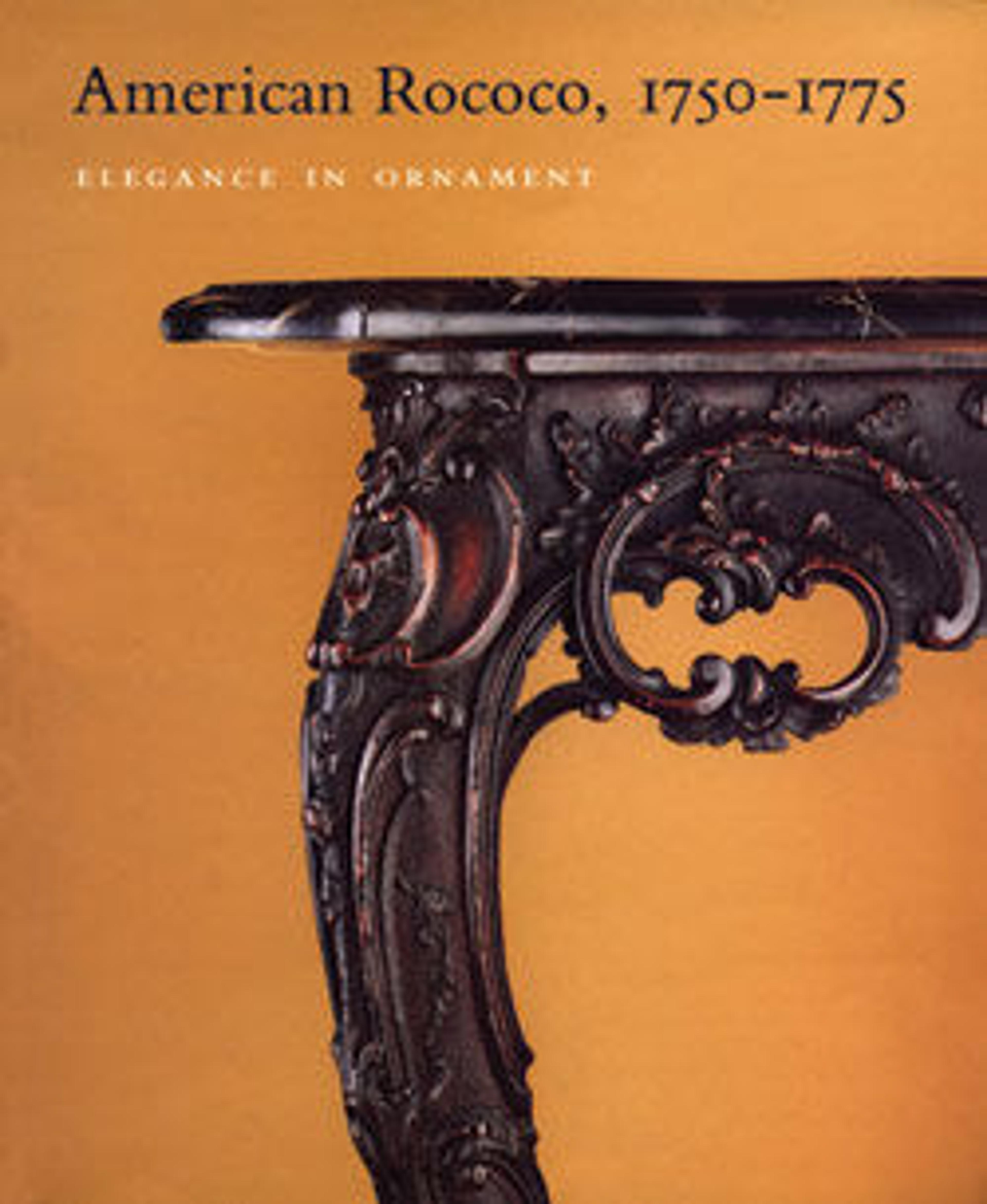Looking Glass
Artwork Details
- Title: Looking Glass
- Retailer: John Elliott Sr. (1713–1791)
- Date: 1769–75
- Geography: Made in Philadelphia, Pennsylvania, United States
- Culture: American
- Medium: Painted white pine, northern white cedar; mirror glass
- Dimensions: 48 x 26 in. (121.9 x 66 cm)
- Credit Line: Purchase, Friends of the American Wing Fund and Max H. Gluck Foundation Inc. Gift, in honor of Virginia and Leonard Marx, 1990
- Object Number: 1990.18
- Curatorial Department: The American Wing
Audio
4016. Looking Glass
NARRATOR: When she was at The Met as a high school intern, this looking glass from the late 1700s caught the eye of Coumba Diagne.
COUMBA DIAGNE: This mirror has these beautiful, intricate vines and flowers that are carved onto it, and there’s little gaps in between. I just found it to be really beautiful.
NARRATOR: In eighteenth-century furniture workshops, teenage boys just a few years younger than Coumba would have started training as apprentices from the ages of fourteen to twenty-one. They were often indentured, meaning their parents paid the workshop leader to train them and provide room and board.
COUMBA DIAGNE: It must have been very difficult for these young boys to find who they are and what they were passionate about while also trying to learn the different techniques at these workshops.
NARRATOR: And while the apprentices might not have been ready to carve a frame like this, they would have been observing the workshop operations like sweeping up the wood shavings, prepping the materials, or learning to draw the fig and blossom vine pattern.
COUMBA DIAGNE: Parents always try to guide their children and make sure they have the best footing in life, and I definitely think that’s what these parents were thinking. They wanted to set them up so that they could be able to take care of themselves and hopefully their families one day, and I think that still exists now with parents.
Coming from a first-generation household, a career in art isn't really [laughs] what they think is the best because it’s hard to make it in the art world. But my parents, they really wanted to make sure that whatever I was doing, whatever internship that I did, that I really enjoyed. So I feel like I’m lucky in that sense, that it was my enjoyment that was the priority, but I know back then it was more like: “What is going to sustain our livelihood?”
More Artwork
Research Resources
The Met provides unparalleled resources for research and welcomes an international community of students and scholars. The Met's Open Access API is where creators and researchers can connect to the The Met collection. Open Access data and public domain images are available for unrestricted commercial and noncommercial use without permission or fee.
To request images under copyright and other restrictions, please use this Image Request form.
Feedback
We continue to research and examine historical and cultural context for objects in The Met collection. If you have comments or questions about this object record, please complete and submit this form. The Museum looks forward to receiving your comments.
